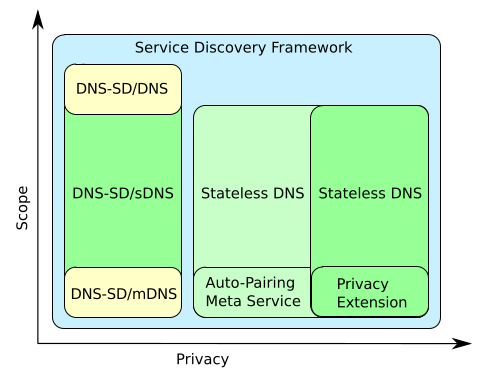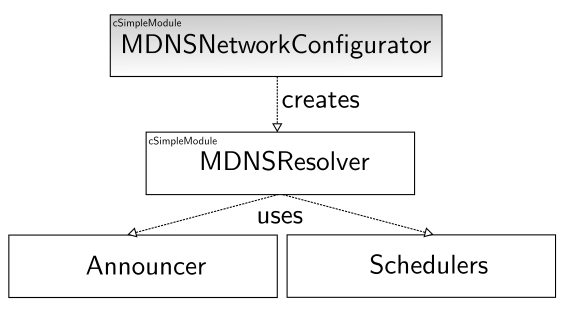-
Interoperable Chat in Your Web Browser: JSXC 3.0 released
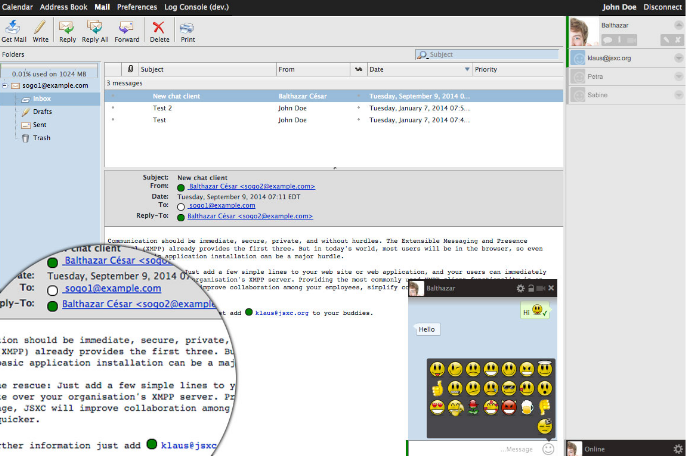
Open, standards-compliant and interoperable chat sounds like a boon. However, proprietary and closed systems (WhatsApp, Facebook chat, Google Hangouts, …) are often easier to deploy, as they are nicely integrated in existing ecosystems. The freshly-released JSXC 3.0 shows that this is not necessary.
-
pselect() Pitfalls
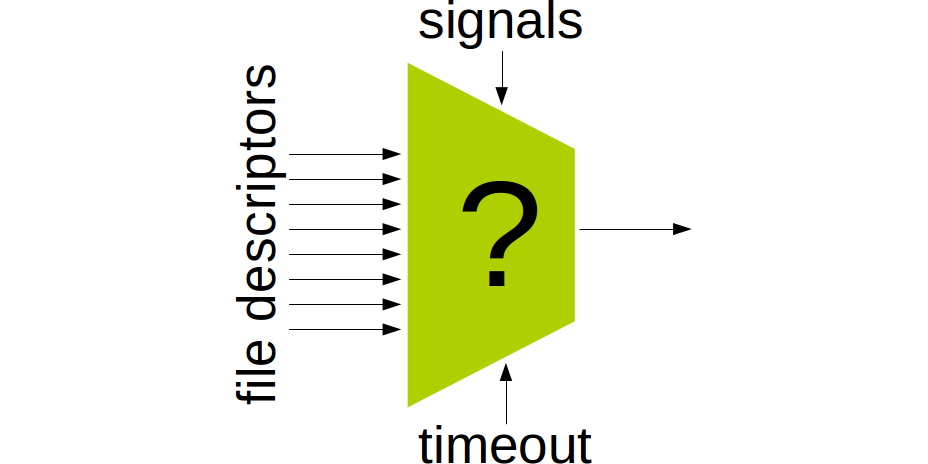
When dealing with multiple network connections or timeouts, the select() Unix system call is still the workhorse for many applications. Its well-known and frequently used interface beats the learning curve on the more scalable poll(), epoll(), or /dev/poll interfaces, especially if only a few file descriptors have to be monitored. select()‘s younger sibling, pselect(), adds…
-
DNSSEC for .ch domains

This year, all owners of .ch domains need to switch from the DNS registry SWITCH to a new registrar. Getting an overview over these registrars is hard. Thankfully, Marc Wäckerlin has started the road to transparency with a price comparison of Swiss .ch domain registrars. Here, I extend his results with a survey of DNSSEC…
-
Automatic svn file addition/removal

You have files under version control, which are updated through a different mechanism (software update, another VCS such as git, …) or are using svn to archive automatically generated files? Then you are likely to constantly manually determine the appropriate svn add and svn rm commands. This can be automated…
-
svn log message updating script

Here is a simple script to allow updating your Subversion commit messages and have the repository admins receive a nice email message with the change.
-
VirtualBox DHCP nameserver for NAT network

VirtualBox is a great environment for testing networking tools such as opDNS. However, I did not get the VirtualBox DHCP server for NAT network to provide nameserver information, even though the client asks for it. Here’s a simple solution to this problem.
-
Compact Archives Widget for WordPress
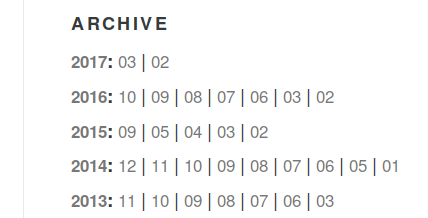
The standard Archives Widget looks like the image right here. It works well when only a few months are to be displayed. However, it fails if your blog’s history goes back a long way. Here is a quick way to get down from 12 lines per year to 1, increasing usability and page size.

